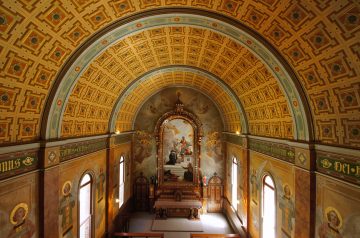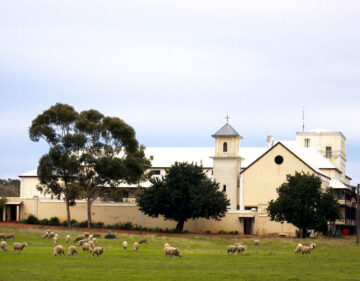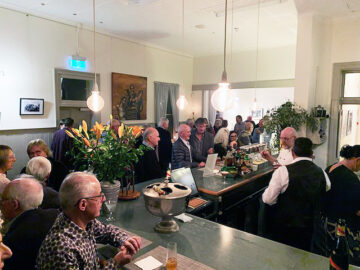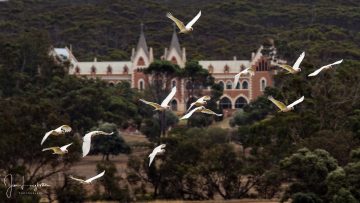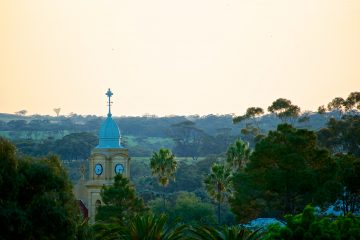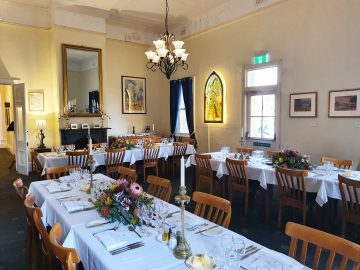Tuesday, 21st March 2023
The Salvado Diaries – Project Update
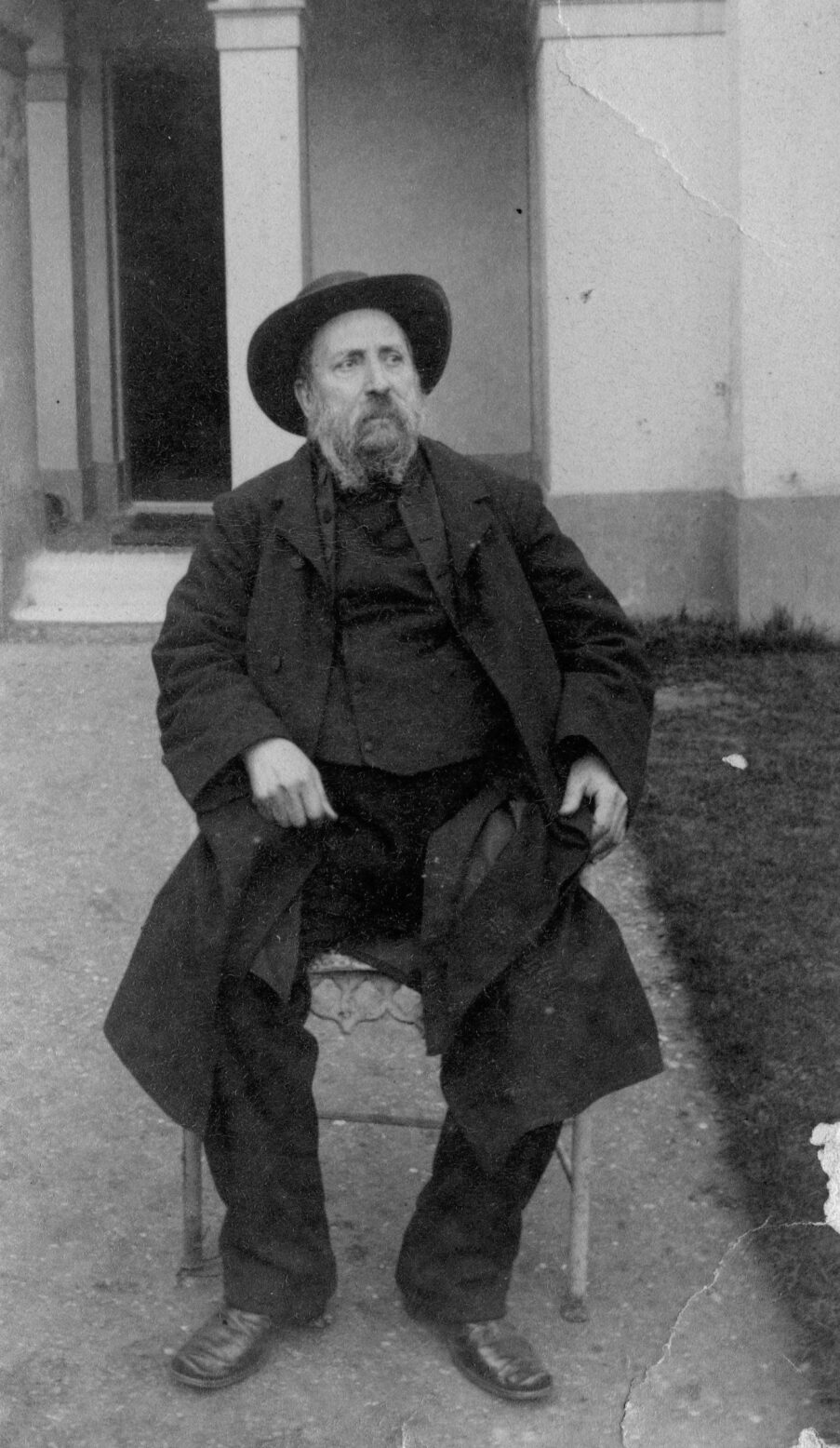
Where We Are With the Salvado Diaries
by Fr David Barry, OSB
It might help if I begin by setting out what is meant by "the Salvado Diaries". This is the term used for a collection of seventeen small, hand-written documents, mostly between covers to form a book, which range in size from a few pages to some hundreds of pages. Of the first seven diaries, numbered from 1 to 7, some are multi-purpose, comprising portions that can be described as diaries, as well as lists of names with or without addresses, of expenses incurred, of distances covered, places visited, memoranda and letters. The mixed content of these diaries is sometimes betrayed by the time spans they include, as illustrated in the following list:
- Diaries, notes, letters, etc., 1844–1851
- Diary, 1850, 1852–1855, 1856, 1867 & 1868
- Diary, April–August 1853 (Garrido’s copied by Salvado)
- Diary, 15 August to 27 December 1853 & 10 January 1854 to April 1855
- Diary, 1854–1859 & 1865–1868
- Diary, 15 July–9 August 1859
- Diary, 18 September 1864–2 February 1865
The remaining ten diaries, numbered from 7b to 16, are regular diaries varying in length from 184 to 527 pages in the original. They also vary from two to six in the number of years each covers.
The process followed in the translation of Rosendo Salvado’s Diaries required first of all the production of a legible transcription of the original documents. Since the Diaries are regarded as of importance to the history of the Swan River Colony and the Catholic Church there from 1846 till Salvado’s death in December 1900, the transcription required that we draw up a set of criteria in order for it to comply with scholarly standards.
A preliminary draft of all but Diary 5 had been done by a team at the University of Queensland. This was taken over and completed by the two-person team of Dr Teresa de Castro, a Spanish historian, who already had a decade-long engagement with New Norcia archival material through her work of summarising the Salvado Correspondence from 1868 to 1900, and myself, who has a reasonable working knowledge of Spanish and experience in translation. Our work of transcription came at a time when the digital scanning of documents was becoming common place. Who now thinks twice about it? But the improvement over microfilm can only really be appreciated by those who have had to work with the older technology.
The translation in turn required its own set of criteria, one of them being that anything Salvado wrote in English would be reproduced as he wrote it, mistakes and all. The translation was intended for anything written in any language other than English. Of course, the dominant language is Spanish, but there are documents quoted in Italian, Latin and French, with the Spanish itself sometimes reflecting the language of the part of Spain Salvado came from, viz. Galicia.
In the course of his fifty-five years of monk-missionary endeavour, beginning in 1845 when he was first assigned to the newly-established Western Australian mission, he met and had occasion to record in his diaries the names of hundreds of people. When writing Aboriginal names, he used both Italian and Spanish phonetics. As time passed, he regularly revised his idea of what he had heard, and changed his spelling accordingly. This makes for all sorts of variant spellings of people’s names, especially those of the Indigenous. The same applies to his spelling of the place names he writes in the course of keeping a pioneer grazier’s, leaseholder’s, and cartographer’s records of journeys in search of land suitable for grazing his increasing sheep flocks, for use as lambing stations, sinking of wells and excavation of tanks or dams.
So, besides translation, the diaries require many biographical, historical and linguistic footnotes. Besides that, not a few entries call for contextualisation by reference to Catholic liturgy and its history, as anyone familiar with present-day Catholic liturgy will soon realise. Finally, of the utmost importance for the use of the diaries by researchers and interested readers is the compilation of detailed indexes for people’s names, place names and the manifold subjects mentioned in the course of diaries which started out as notebooks and memoranda, only gradually coming to take on the character of what is generally understood by a diary. The pagination of the original diaries is given each time in both transcription and translation, and this makes it possible to compile indexes that do not need to wait until the printers’ proofs are prepared.
Between the end of translating, annotating and indexing the diaries and then having them published, a painstaking editorial process still lies ahead of us.
